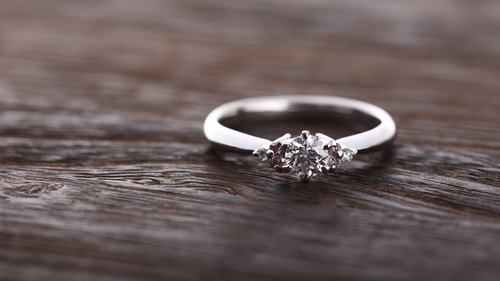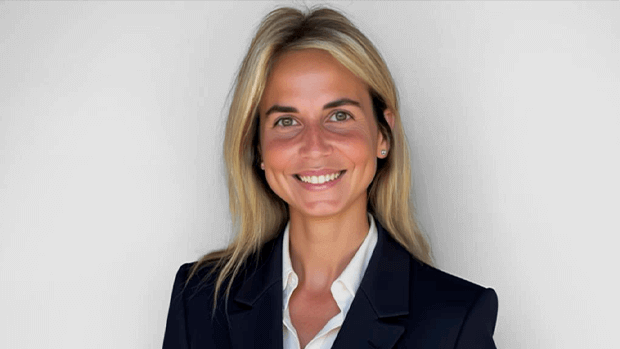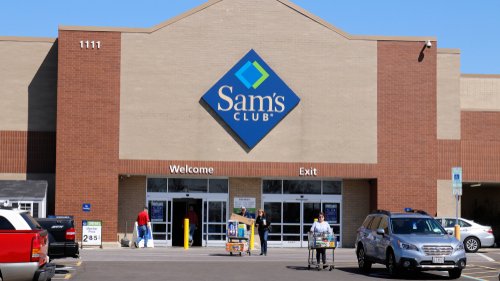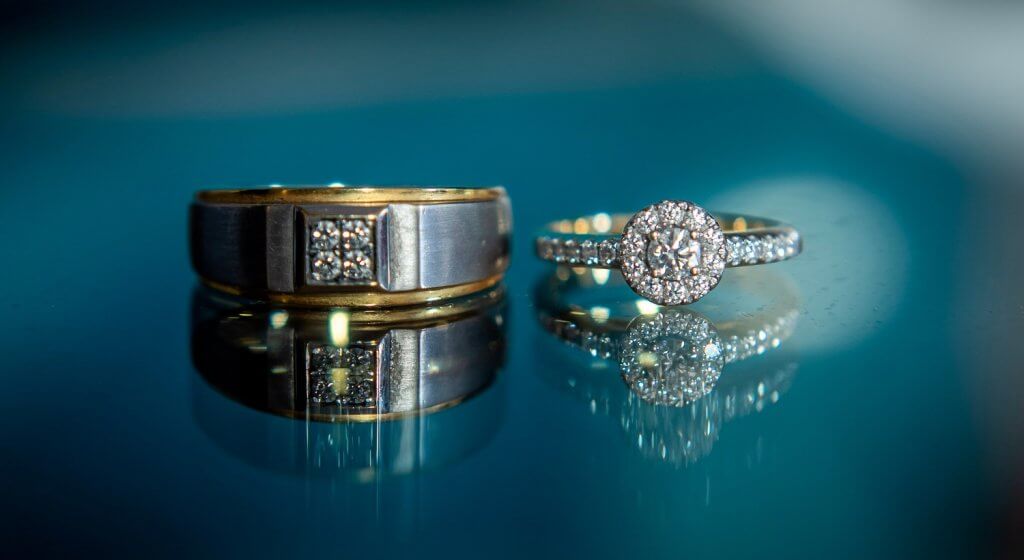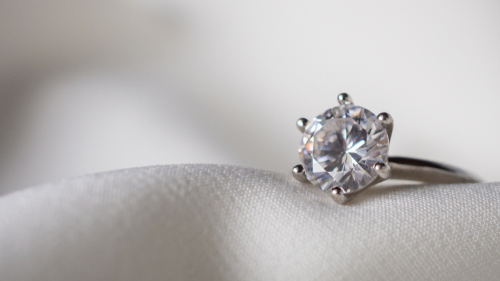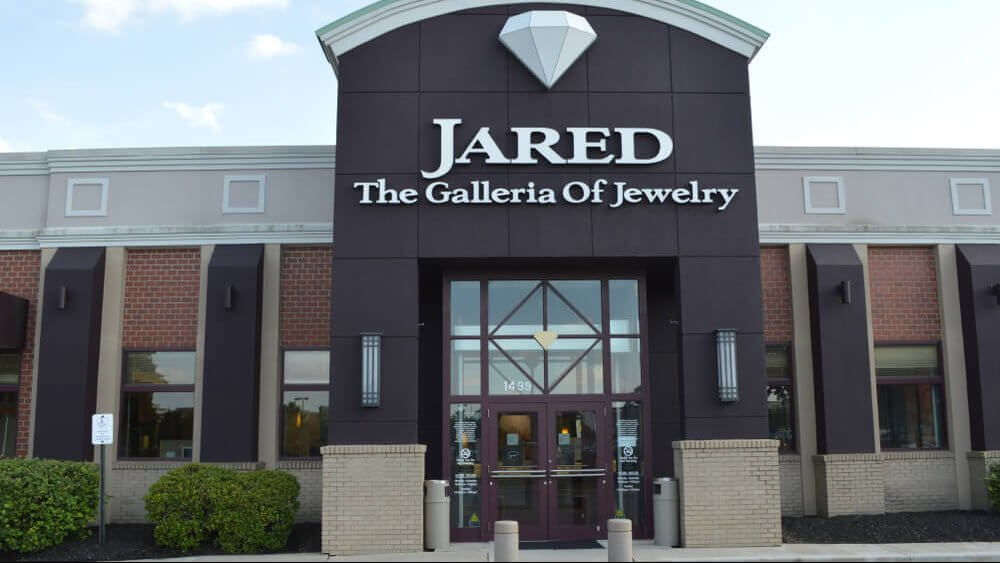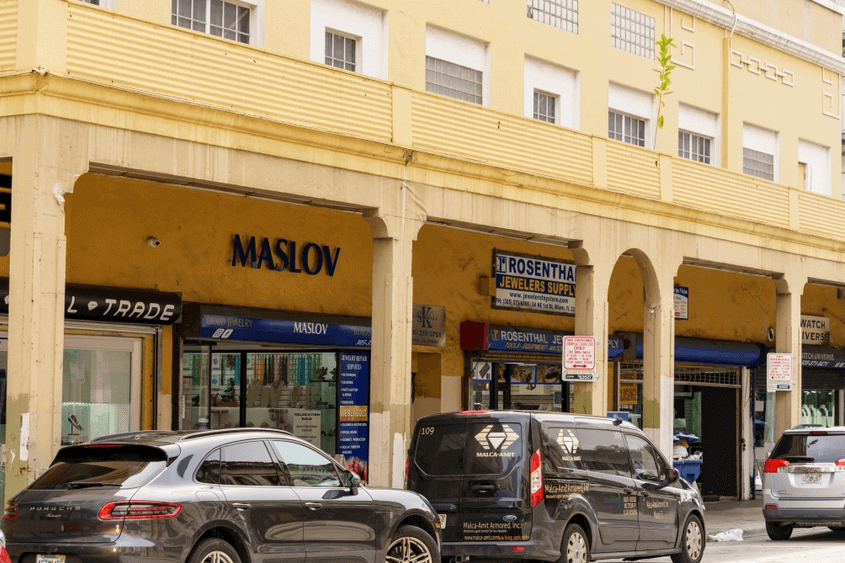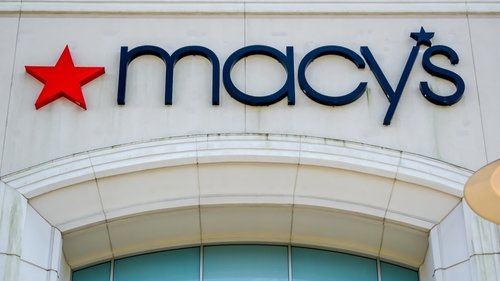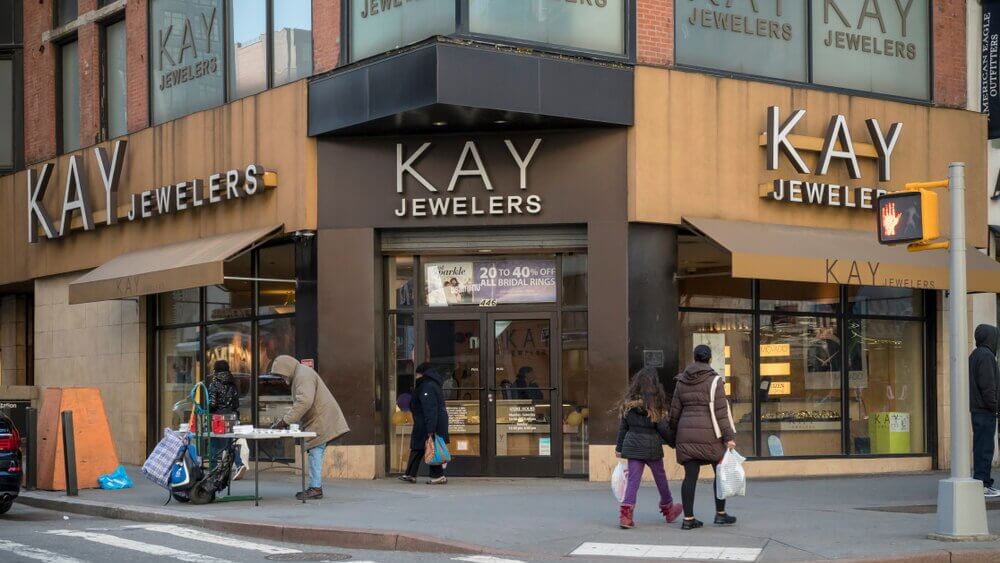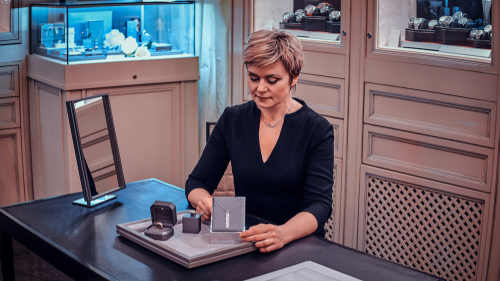Is a Forevermark Engagement Ring Worth the Premium Price?
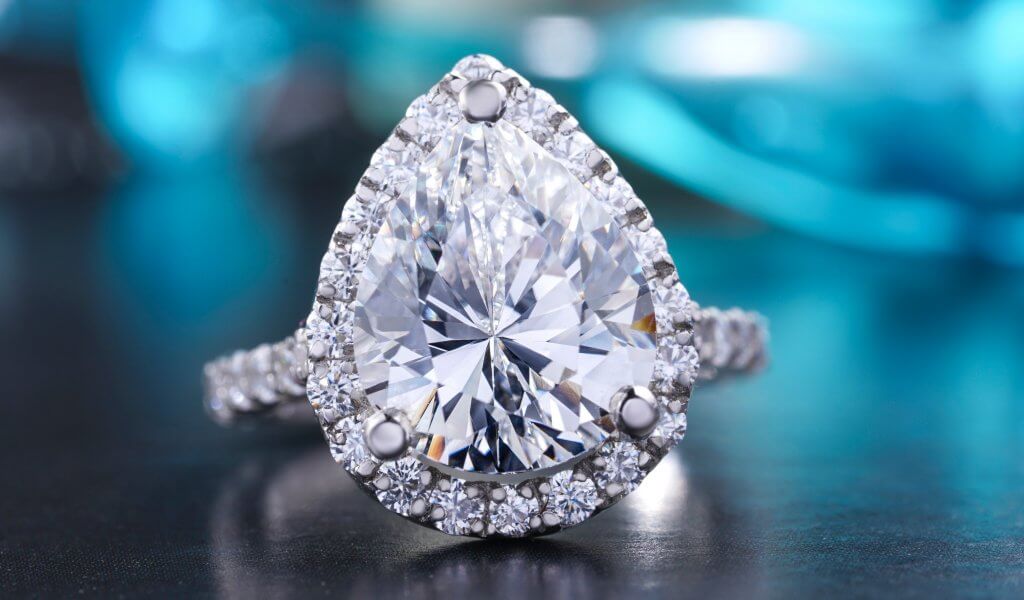
In this comprehensive review, we’ll explore:
- Forevermark is the consumer-oriented subsidiary of the century-old globally renowned mining group De Beers. The brand, then, has inherited much of the prestige and profile that De Beers possesses and earned.
- Forevermark grade their own diamonds. However, this doesn’t deviate from the GIA grading.
- Forevermark supply their diamonds to other stores. As such, they don’t have a flagship to visit. So the experience of purchasing a Forevermark diamond is dependent on the store itself. Nonetheless, Forevermark diamonds are Forevermark diamonds.
- The assurances of quality and ethicality are present in the price, sometimes 20% more than competitors. These assurances, though, are valuable to more casual consumers. However, savings can be made without sacrificing quality by researching other vendors.
If you still consider yourself to be a novice in the world of diamonds, engagement rings and other fine jewelry, then you’ll probably be stumped by the fact that we’re going to start our review of Forevermark by talking about De Beers – a name you might recognize for basically instigating the popularity of the diamond engagement ring way back in the mid-century.
If you’ve ever heard the phrase ‘diamonds are forever’, then you’ve encountered the mark diamond mining and trading corporation De Beers has made on the world. They are, after all, the entity that made diamonds as romantic as they are.
For many decades, De Beers worked primarily ‘backstage’ in the world of fine jewelry, producing diamonds to be sold by jewelers around the world. By 2008, however, Forevermark was created – a brand for the consumer, rather than the jeweler, that could be easily recognized and trusted, thanks to its ties with one of the leading lights of the diamond world.
Our thoughts:
The positives: as a subsidiary of De Beers, they are backed by over a century of experience in sourcing quality diamonds from ethical sources. Plus, they’re widely available from many jewelers.
The negatives: their diamonds are considerably more expensive than diamonds from lesser-known suppliers.
The Brand
Forevermark has inherited De Beers’ reputation for excellence and reputable sourcing. Buyers can rest assured that a Forevermark diamond marked by their inscription has been carefully monitored throughout its journey, from the mine through the process of cutting and polishing, and onto the jeweler’s table.
This level of reassurance is not exclusive to Forevermark diamonds, but buyers with limited knowledge will appreciate the guarantee offered by Forevermark and De Beers’ branding.
Like Tiffany & Co., Forevermark follow their own diamond grading process, although, as with Tiffany’s, there doesn’t seem to be any inconsistencies between their grades and the system used by the GIA. On their website, Forevermark states that their diamonds fall between the FL and VS parameters, but we have encountered Forevermark diamonds of SI quality, so presume this is a simple misprint. With SI grade diamonds available, shoppers have more choice than they do from some of the other high end brands.
The Experience
Forevermark is less of an ‘experience’ than some of the other brands we’ve reviewed, simply because Forevermark diamonds are available at a long list of jewelry stores, rather than a flagship. At Tiffany, for instance, you get the celebrity-treatment; at Van Cleef & Arpels, you get to feel like royalty.
For us, the most memorable part of purchasing a Forevermark diamond is being shown the unique inscription they make on the table – yes, the table – of the diamond. While most other diamond companies will inscribe the girdle, Forevermark put their inscription on the table, thousands of times smaller than a human hair and, as we’re sure you’ve guessed already, invisible without your jeweler’s powerful microscope.
The rest of the experience comes down to the individual jewelry stores stocking Forevermark diamonds. There’s a big difference one jeweler and the next, so we can’t vouch for there being a definitive ‘Forevermark experience’ – something you might expect, given the premium price attached to their diamonds.
Still, De Beers maintains an incredibly strong commitment to ensuring that its supply chain lives up to modern shoppers’ expectations for ethical and conflict free diamonds. As a shopper, your ability to really get to know the origins of your diamond is a lot easier thanks to De Beers’ prominent work within the diamond industry.
The Cost
This is where Forevermark loses us a little bit. Their diamonds are indisputably ‘high end’, and the easy assurances of quality and of ethicality offered by De Beers means that they can charge more – sometimes around 20% more – than other, lesser known brands.
Of course, these ‘easy assurances’ are highly desirable to shoppers who haven’t done their research, but understand that buying a diamond is a little more complicated than finding one within their price point.
At WillYou.Net, we’re strong proponents of education – of making the basics of diamond quality clear for first-time shoppers, so that they can get the absolute best deal possible on their diamond. This means understanding the basics, and knowing what you can (and should) ask your jeweler.
Realizing that there is a pretty straightforward alternative to relying on Forevermark’s seal of approval means some potentially high savings – savings that could enable you to get a bigger diamond, or more elaborate ring setting.
FAQ
There’s a lot to be said for investing slightly more into a brand you can trust, but we’re not totally sold on the premium cost of a Forevermark diamond when education for first-time shoppers is widely available.
Are Forevermark Diamonds Conflict Free?
Yes, De Beers was heavily involved in the formation of the Kimberley Process, which has removed more than 99% of the world’s blood diamonds from the global diamond market.
Conflict diamonds are incredibly rare – and any diamond sourced and sold by a reputable jeweler within the United States will also be conflict fere, as the country has incorporated the Kimberley Process Certification Scheme into law.
Are Forevermark Diamonds Good Quality?
Yes, Forevermark diamonds are chosen for their high quality, and grading according to a system that we believe to be watertight.
Keep in mind, however, that a Forevermark diamond won’t necessarily be eye clean. As we mentioned above, we have encountered Forevermark diamonds of SI quality, which, in some larger stones, can mean visible inclusions. As a result, the Forevermark inscription is not a replacement for buyer research.
Are Forevermark Diamonds Real?
Yes, Forevermark diamonds are real.
Lab grown diamonds are not available under the Forevermark brand.
What is so Special About Forevermark Diamonds?
Primarily that they bring De Beers’ authority and significance within the diamond world onto the consumer side – and, along with it, a strong assurance that the diamond you hold in your hand has met a high standard.
Even if you haven’t heard the name De Beers until recently, it’s a name that quickly takes on a lot of weight in any shoppers’ mind as they navigate the process of buying a diamond. There’s nothing that makes a Forevermark diamond inherently different from any other diamond – just the nod of approval from one of the industry’s giants.
What is Forevermark Diamond Grading?
Very similar to the GIA’s own system, which is widely regarded as the best in the business.
The diamond grading system covers the Four Cs, and various other important characteristics like fluorescence and proportion. It’s well-presented and easy to understand, provided you’ve already got your head around the basics of diamond quality – but, if you’ve done that, you’d probably breeze through finding a diamond of the same quality, for a lower price.
How do I Know if My Diamond is Forevermark?
Forevermark diamonds are inscribed with the Forevermark logo, and a unique number that proves their authenticity.
Of course, you won’t be able to see this inscription – fortunately, as it’s on the most prominent part of the diamond. There’s not a lot of point to the unusual location of the inscription and, to us, it seems like a moment of showboating, since most diamond sellers don’t have the technology to make such a bold branding decision.
For those times when you don’t have a powerful microscope to hand, you’ll have the grading certificate, like those offered by the GIA and AGS.
Our Summary
Forevermark is a high-end choice for anyone looking to invest in a diamond. It’s true that they offer a very robust level of reassurance for shoppers who are worried about inadvertently buying a low quality or ‘ugly’ diamond, and that there’s certainly something to be said for that. However, for a more personalized experience, you can explore a diamond jewelry store near you for trusted expertise.
Our one qualm is with the higher cost of these diamonds, and the fact that, with a little preparation, shoppers can protect themselves against making a ‘bad investment’ without having to pay a premium.
Note:
The insights provided in this review are drawn from publicly available data, customer reviews, and expert analysis. Our goal is to offer a balanced perspective to help buyers make informed decisions.
This site is not affiliated with or endorsed by Forevermark. All information is based on publicly available data and independent evaluations. Logos and trademarks belong to their respective owners and are used for informational purposes only.
Readers are encouraged to verify all details with the retailer directly before making a purchase.



